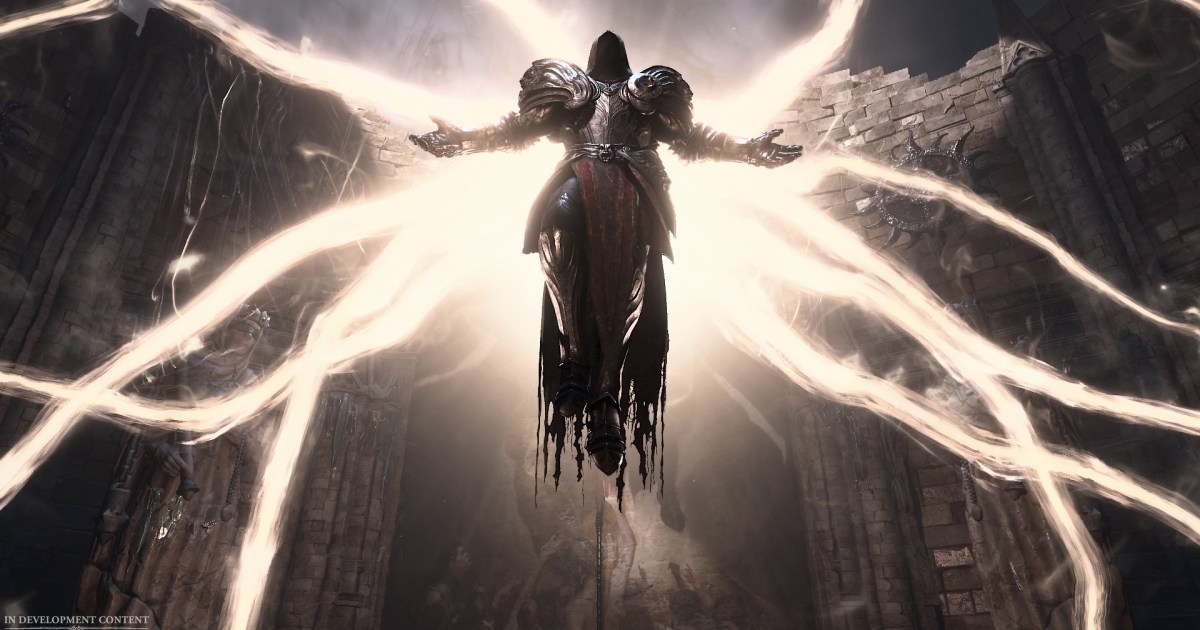Remnant 2 PC graphics settings change now | ENBLE
Remnant 2 PC graphics settings change now | ENBLE
Remnant 2: A Demanding Game with Promising Optimizations
Remnant 2 has finally been released after a highly anticipated three-day early access period, and PC players are already forming their opinions. The game is gaining attention for its remarkable demand on hardware, despite not including any ray tracing settings. This, combined with the developers’ insistence that the game was designed with upscaling tools like Nvidia’s Deep Learning Super Sampling (DLSS) in mind, has caused some backlash from the PC gaming community.
During the early access period, I had the opportunity to play Remnant 2 for just shy of 16 hours, including a full campaign run. One thing became evident: the game is demanding even on flagship hardware. However, there is a silver lining – by adjusting the graphics settings, you can achieve a playable experience without sacrificing much in terms of visual quality.
The graphics settings menu in Remnant 2 is relatively small, but the choices you make can have a significant impact on performance. After extensive gameplay, I’ve discovered the best settings to maximize performance without compromising the game’s visuals. Here are the settings I found to be optimal:
- Upscaler: DLSS – Balanced
- Shadow Quality: Low
- Post Processing: High
- Foliage Quality: High
- Effects Quality: Medium
- View Distance: High
Even with high-end hardware like an RTX 4090, you can lower these settings without significantly affecting the visual fidelity. In most scenes, the differences are barely noticeable. For example, comparing the optimized settings with the Ultra preset, I found that while there may be a slight reduction in sharpness, the overall scene and reflections remain virtually identical.
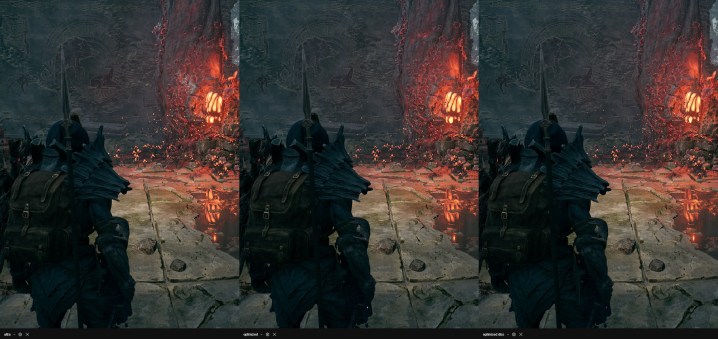
Similarly, reducing the Shadow Quality to Low doesn’t have a significant impact on the final image. In a dark scene, the only major difference between the Ultra and Low presets is the absence of a shadow of a town up the slope near the back of the image. Considering the performance improvements gained by lowering the settings, this compromise becomes an easy choice.
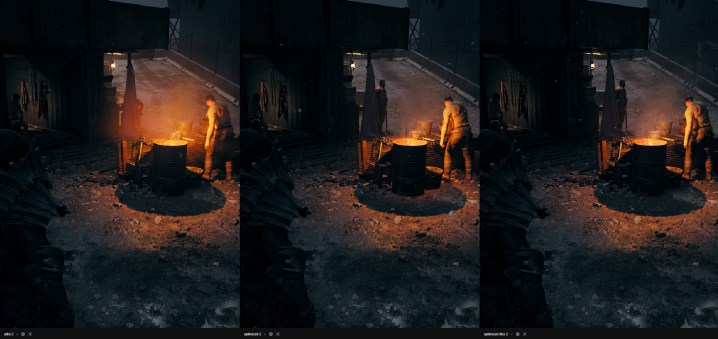
By using the optimized settings mentioned above, I achieved an average frame rate of 79 fps in the less demanding area of Ward 13. This represents a significant boost of 27% compared to the Ultra preset, with practically no impact on image quality. Enabling DLSS set to Balanced further increased my average frame rate to an impressive 125 fps.
I highly recommend utilizing DLSS if your system supports it, as it provides the best image quality. However, it’s important to note that DLSS is currently only available on Nvidia RTX graphics cards. If you have an older Nvidia card or an AMD graphics card, you can consider alternatives such as AMD’s FidelityFX Super Resolution (FSR) or Intel’s XeSS. While DLSS remains in the lead in terms of image quality, XeSS comes close behind. FSR, on the other hand, noticeably impacts image quality, resulting in a softer appearance across the scene.
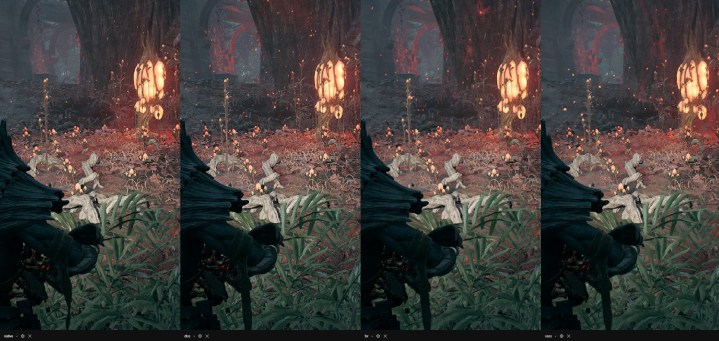
While these optimizations provide a significant performance boost, it’s hard to overlook the issues with Remnant 2’s PC performance. The game heavily relies on upscaling techniques to achieve stable frame rates, even on high-end hardware. Additionally, the graphics menu offers only a limited number of settings, limiting the options for players.
To truly enhance the overall experience, the game needs more flexibility in its graphics options, allowing it to run on a wider range of hardware configurations. However, the developers have shown promise in overcoming some of the limitations imposed by the Unreal Engine, the game’s foundation. For instance, proper CPU core scaling was observed even on a Core i9-13900K, and shader compilation stutter was minimal. With further improvements to the graphics menu, Remnant 2 has the potential to become a solid PC release.
One major issue that should be addressed is the problem with DLSS 3. In Remnant 2, DLSS Frame Generation on RTX 40-series graphics cards limits the frame rate to 60 fps. Despite the appearance of 60 fps, the technology creates only half of those frames, resulting in a sensation of running the game at 30 fps. This issue significantly hampers the effectiveness of DLSS 3 in the game and it is in dire need of a fix.
The developers have reassured players that they will roll out more performance updates in the coming weeks, and we can only hope that these will include additional graphics settings. The incredible boss design in Remnant 2 deserves to be fully appreciated, and it would be a shame for it to be overshadowed by performance limitations.
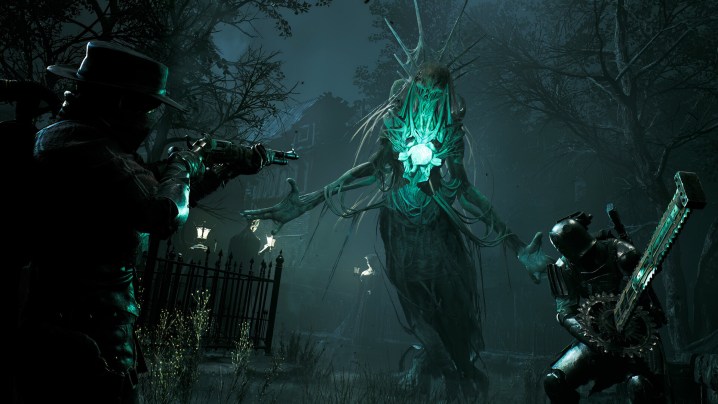
In conclusion, while Remnant 2 presents significant demands on hardware, it offers players the opportunity to achieve satisfactory performance through careful graphics settings adjustment. By finding the perfect balance between visual quality and performance, players can fully immerse themselves in the game’s captivating world. With future updates and optimizations, Remnant 2 has the potential to become an exemplary PC gaming experience, showcasing both stunning visuals and smooth gameplay.
